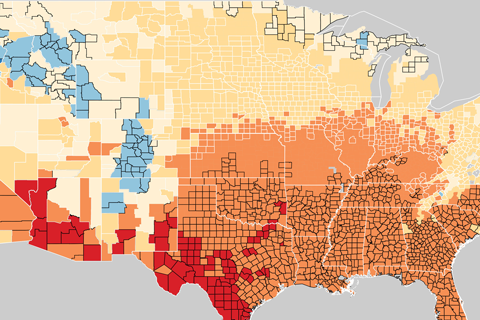
National Climate Assessment map shows uneven impact of future global warming on U.S. energy spending
If the world continues to follow a path with high greenhouse gas emissions, U.S. energy expenditures are projected to increase across much of the Lower 48.
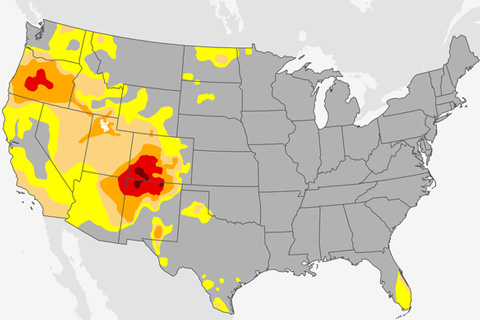
Stubborn drought affected the U.S. Southwest and Four Corners region throughout 2018, stressing water supplies, agriculture, and natural ecosystems.

Cities and states across the U.S. already engage in emission mitigation activities. Continuing to reduce emissions will save thousands of lives and billions of dollars.

A 1°C (1.8°F) increase in average winter air temperature will have a significant impact on Sierra Nevada snowpack, but different parts of the mountain range will respond differently.
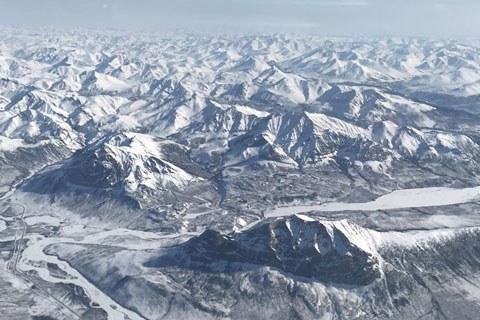
From declining reindeer populations to a younger, thinner ice pack, here are four image-based stories from the 2018 Arctic Report Card.
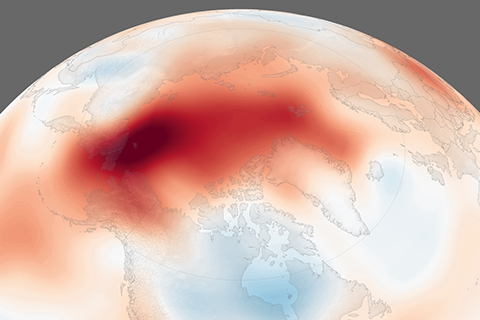
September 2018 was the second-highest on record, and all five years since 2014 have been warmer than any prior records.

As oceans warm, harmful algal blooms move northward into regions where populations have little or no prior exposure.
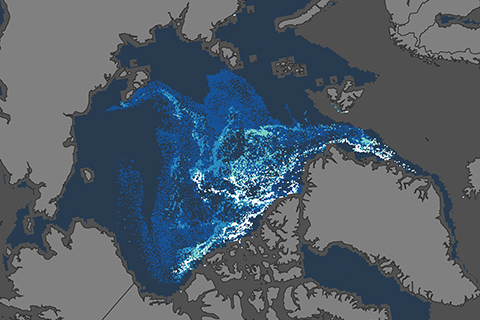
Unlike the rest of us, Arctic sea ice is younger and thinner than it was in the mid-1980s.
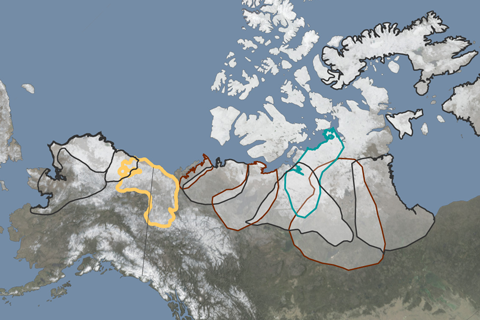
Reindeer and caribou abundance has declined 56 percent over the past two decades.
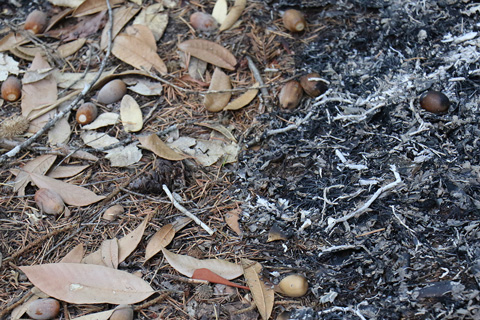
Members of the Karuk Tribe in northern California maintain that the age-old tradition of prescribed burning holds the answer to climate adaptation planning in the Klamath River range.